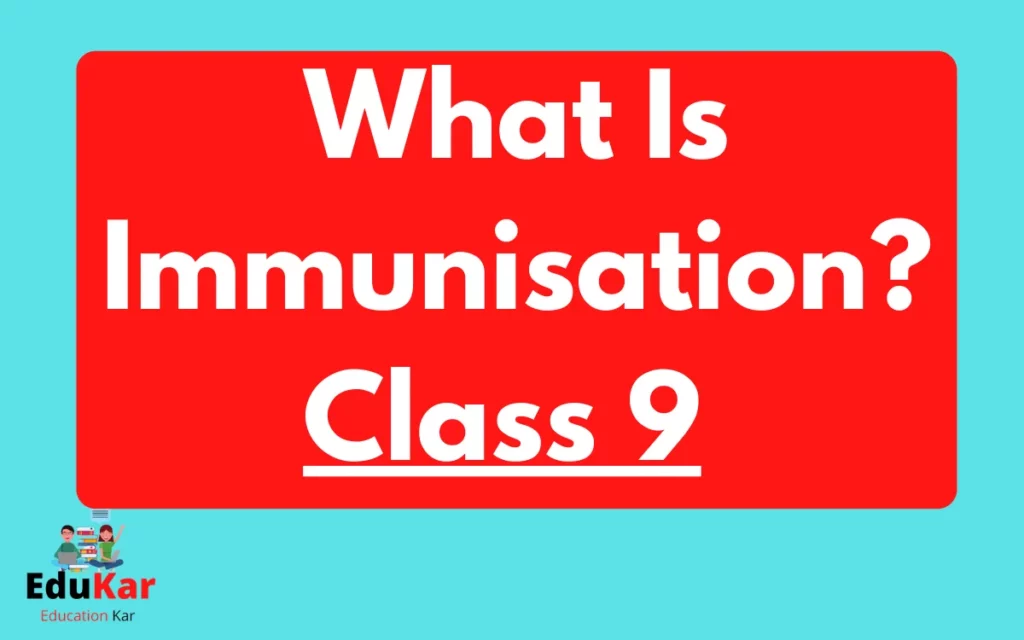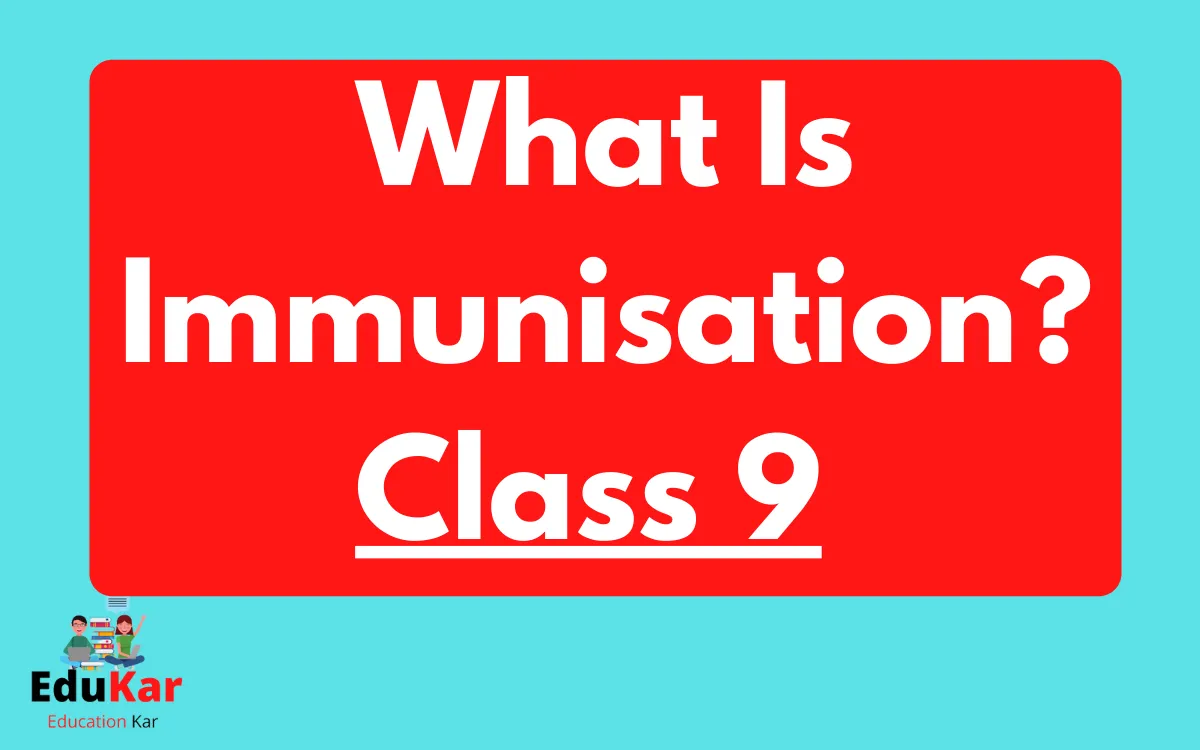
Immunization is the process of administering a vaccination to a person to fight off illness. When a person gets immunized, they gain immunity (protection) similar to the immunity they would acquire from contracting a disease, however this time, they receive a vaccine rather than the actual sickness. This is why vaccines are such effective medical treatments. The majority of vaccines are administered via needle (injection), although some are also administered orally or via nasal spray (nasally). Vaccinations, needles, shots, and jabs are other names for immunizations.
Types of Immunization
A person who has been immunized builds up resistance to specific diseases through the process of immunization. Giving a vaccine causes the development of this resistance. A shot of specialized medication known as a vaccination boosts a person’s immune system and aids in the prevention of specific diseases. Immunization has been effective in preventing a variety of infectious diseases. Additionally, it has helped the mortality rate decline. Vaccinations are used to immunize people. There are currently immunizations for diseases like polio, tetanus, measles, and smallpox.
Through public health initiatives, adults and children are given immunizations and vaccines. A program of routine vaccines for babies is administered by the paediatrician.
How do vaccines work?
The bacterium that causes sickness is also present in vaccines. However, the microorganisms in the vaccination have been killed or rendered inert so that you won’t become sick from them. Some vaccines only include a portion of the pathogen.
Your body is misled into believing it has the disease when you receive an immunization. It produces antibodies that kill the microorganisms. These antibodies endure a long period in your body and retain their memory of how to combat the pathogen. In the future, if the disease’s germs get into your body, the antibodies will kill them so you won’t get sick. Getting vaccinated is far safer than contracting the illness.
After receiving the vaccine, the majority of patients have complete immunity against the illness. Rarely, immunized individuals can still get the illness since the vaccination offers only a minimal level of protection. People with immune system-related medical disorders are more likely to experience this. These individuals may still contract the disease, but they are more likely to experience lesser symptoms and avoid major complications.
Types of Vaccines
There are various kinds of vaccinations. Each kind has a specific function. Each vaccine is made so that it can teach your immune system how to battle specific viruses and the harmful diseases they can cause. Vaccines are created following extensive laboratory study. The following factors are taken into account when scientists develop a vaccine:
- What response does the body’s immune system have to the germ?
- Who needs to be immunized against the disease?
- The most advanced method for making the vaccination
A scientist chooses the kind of vaccination they need to create based on these variables. There are four main vaccination categories:
- Live-Attenuated Vaccines use a disease-causing pathogen that has been weakened. Similar to the natural infection they are meant to avoid, these vaccinations. They produce a reliable and enduring immunological response. The lifetime protection against a germ and the disease it causes is provided by just one or two doses of a live vaccination. Smallpox, chickenpox, yellow fever, rubella, and measles are a few examples.
- The disease-causing bacterium is killed or rendered inert with inactivated vaccinations. Live vaccines often produce greater immunity and protection than inactivated vaccines. To retain resistance to illnesses, one may require repeated doses or booster shots over time. Hepatitis A, the flu, polio, and rabies are other examples.
- Vaccines made from polysaccharides, subunits, and conjugates utilise particular components of the germ, such as its protein, glucose, or capsid (casing or covering around the germ). These vaccines produce a potent immune response that specifically targets essential components of the virus because they utilise specific components of the germ. To maintain immunity, booster shots can be required. Hepatitis B, HPV, whooping cough, pneumococcal illness, and shingles are a few examples.
What is community immunity, often known as herd immunity?
An epidemic of a disease is far less likely when a sufficient number of people in a community are immunized against it. The term “herd” or “community” immunity refers to this form of group defense. Depending on the disease, a community has to have between 74 and 95 percent of its members immunized in order to achieve herd immunity.
